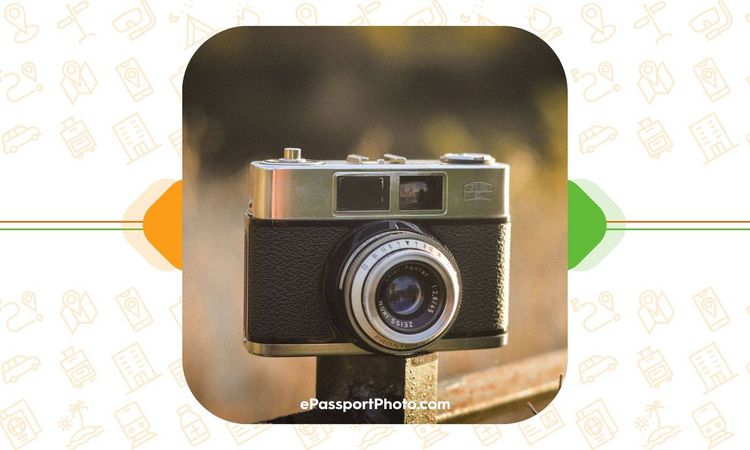The standards of passport photos worldwide
February 24, 2009 /

Passports are among the most widely accepted forms of identification in the world. One of the reasons for this is that passports are given only after the background of the applicant has been thoroughly verified and his or her bona fides have been established. A key element of the passport as a means of identification is the passport photograph. Very few countries now accept black and white photos for passports and photographs are now starting to be be gathered by some countries in a digital form so that it can be used for computerized facial recognition. The digital photograph is validated against the actual appearance of the person either by a physical verification at the time the passport is collected, or through internal processes and interviews – the procedure varies from country to country but still always requires the validation against an actual passport photo.
While each country has its own conditions and specifications for the photographs to be used in its passports, the need for a clear and recognizable image of the passport holder means that certain basic requirements remain the same:
Biometrics is a technology that more and more countries are using to make, counterfeiting of passports almost impossible and to allow for automated authentication of the passports and recording of the passport holder’s arrivals and departures. A biometric passport is one that adds a remotely readable computer chip to the traditional passport booklet so that it becomes a kind of smartcard. The computer chip stores a great deal of information, but for identification purposes the most important is a digital image of the passport holder. Using this, digital image facial recognition software can be used to verify the identity of the person carrying the passport with a far greater degree of certainty than traditional visual comparison.
Children’s photos, especially those of infants are often difficult to take, but again, while specifications may vary according to the country in question, certain basic requirements are common.
The basic passport photograph requirements for some countries are as follows:
Please note that the first measurement, in all cases, is the height of the photos and the second is the width. All countries require that the photos be in color and no other person or objects be present in the photos. As can be seen, many countries are standardizing on the 4.5cm x 3.5cm size. However, due to the heightened security measures that all countries are enforcing, it is always best to check from a reliable source and be sure that there have been no changes in the passport photo specifications before applying.
Passport photographs are also used for many other applications since the specifications are so strict that they meet most requirements for driving and other license and identity card photographs. The only difference is that the size of the photograph may vary depending on where and for what it is being used. Most countries also require the same size and specification photos both for issuing passport to its citizens’ and also for the issuing of visas to foreign nationals who want to visit the country.